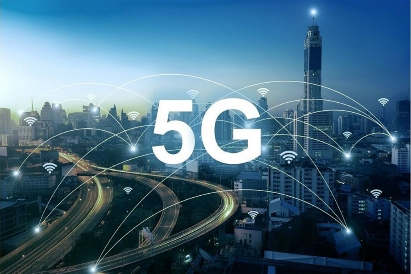
5G technology introduces a range of enhanced service capabilities that significantly improve the performance and functionality of mobile networks compared to previous generations. These enhancements are designed to support a variety of applications, from consumer services to critical industrial operations.
1. Enhanced Mobile Broadband (eMBB): One of the primary features of 5G is its ability to provide higher data rates and improved bandwidth. This capability allows for faster downloads, smoother streaming of high-definition content, and better overall user experiences in applications such as gaming and video conferencing.











For instance, 5G can deliver speeds up to 20 Gbps, which is a substantial increase over 4G networks.
2. **Ultra-Low Latency**: 5G networks are designed to achieve latency as low as **1 millisecond**, which is critical for applications requiring real-time responsiveness, such as autonomous vehicles, remote surgery, and industrial automation. This ultra-low latency enables seamless interactions and enhances the performance of mission-critical services.
3. **Massive Machine-Type Communications (mMTC)**: 5G supports a vast number of connected devices, making it ideal for the Internet of Things (IoT). This capability allows for the simultaneous connection of millions of devices, facilitating smart city applications, environmental monitoring, and smart agriculture. The efficiency of mMTC ensures that devices can communicate effectively without overwhelming the network.
4. **Network Slicing**: This innovative feature allows operators to create multiple virtual networks within a single physical 5G network. Each slice can be customized to meet the specific needs of different applications or services, optimizing performance and resource allocation. For example, a network slice could be dedicated to emergency services, ensuring they have the bandwidth and reliability needed during critical situations.
5. **Extended Reality (XR)**: 5G enhances the capabilities of extended reality applications, including virtual reality (VR) and augmented reality (AR). With improved bandwidth and reduced latency, users can experience immersive environments with minimal lag, making 5G a game-changer for gaming, training simulations, and remote collaboration.
6. **Enhanced Positioning Services**: 5G offers improved positioning accuracy, with capabilities of sub-10cm precision. This is particularly beneficial for applications in logistics, smart power grid control, and real-time financial transactions, where precise location data is crucial.
#### Conclusion
The enhanced service capabilities of 5G technology represent a significant leap forward in mobile communications. By providing higher speeds, lower latency, and the ability to support a massive number of connected devices, 5G is set to transform various industries and enable innovative applications that were previously not feasible. As the technology continues to evolve, its impact on everyday life and business operations will only grow, paving the way for a more connected and efficient future.


Leave a Reply